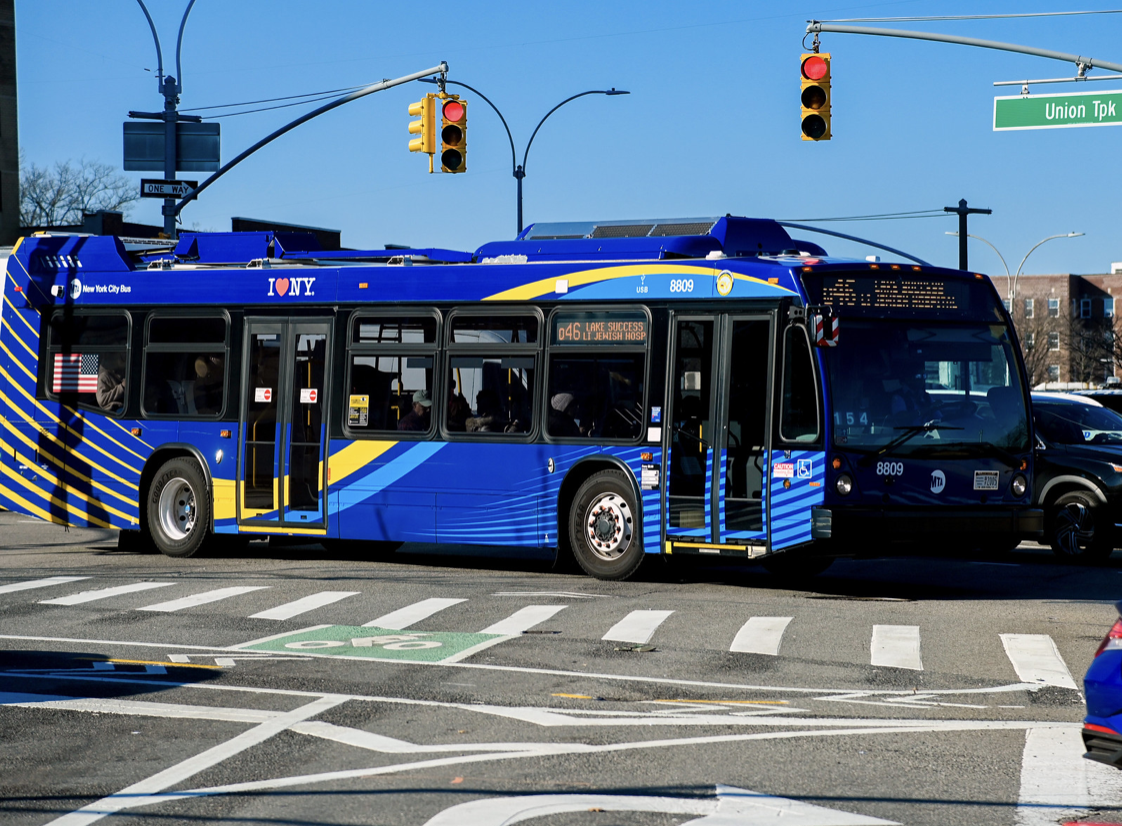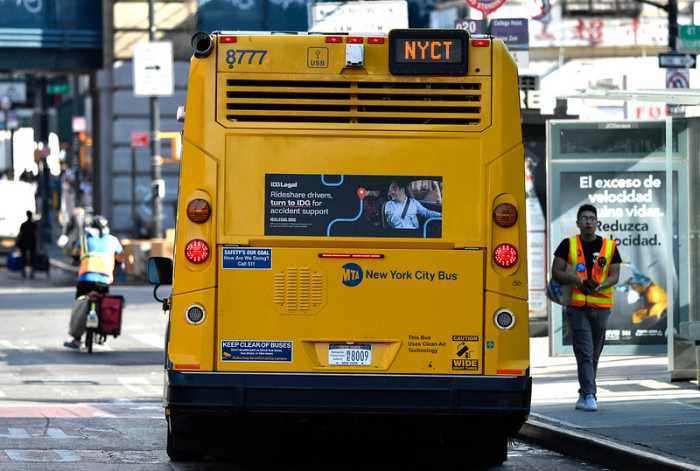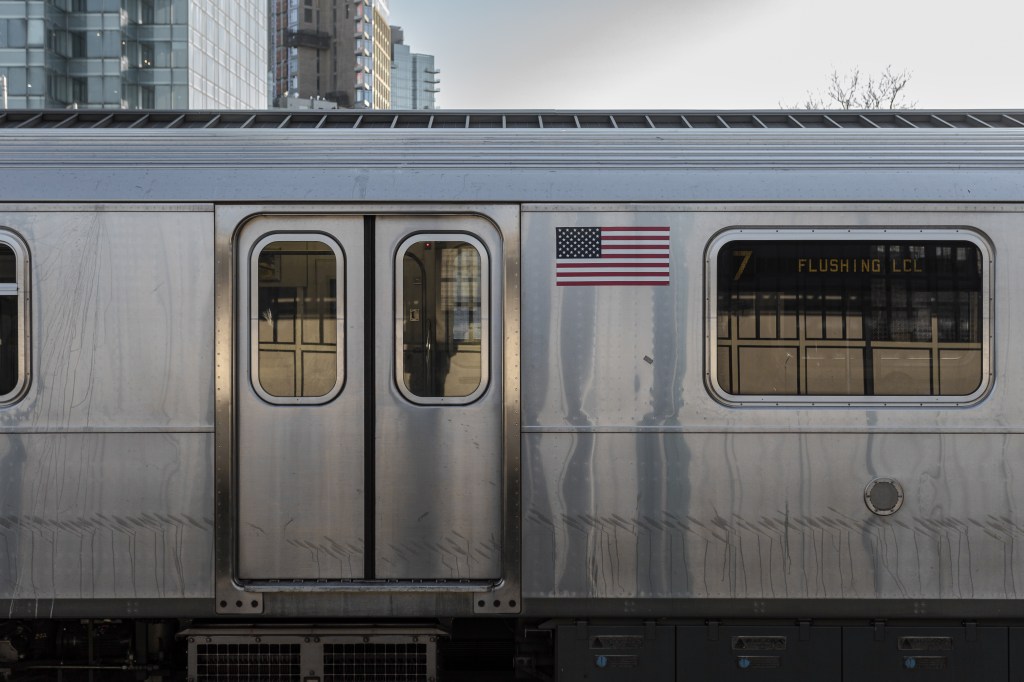Advocates standing up for elderly, disabled and low-income bus riders brought up several issues with the MTA’s proposed plan to redesign the entire Queens bus network during a virtual meeting held by a transit advocacy group on Thursday.
About a dozen participants who familiarized themselves with the MTA’s $30 million bus plan, which was unveiled in December, say that its proposed removal of over a thousand bus stops will hurt riders. While the MTA hopes to give riders faster and more consistent service, while also combatting low ridership, advocates argue that it has failed to consider vulnerable groups.
The meeting, called Speak Out and hosted by Passengers United, an advocacy group promoting accessibility and sustainability in public transit, advocates criticized the MTA’s overarching plan. They say changes under the new plan will exacerbate existing transit deserts and make many buses less accessible for riders, forcing them to walk further to their nearest stop.
The plan’s removal of several bus routes that were flagged by the MTA for low ridership also came under fire. However, much of the focus dealt with the removal of bus stops, which the MTA says will lead to the creation of new “rush” routes.
Throughout the three-hour long meeting, the advocates frequently cited a quote by a Houston, Texas based transportation advocate who sits on several national transportation committees.
“If you are able-bodied, it becomes easy to say ‘Remove a bus stop to speed up the buses; walking two extra blocks is not a big deal,” said Veronica Davis, in her book, Inclusive Transportation: A Manifesto for Repairing Divided Communities.
While some argue that having bus routes that stop on every block is inefficient, advocates fighting for a transportation system easily accessible for all residents say it is necessary to guarantee all residents are in proximity to public transit. They also say that the reduction in stops, also known as bus stop balancing, will exacerbate transportation deserts. In NYC, residents who reside more than a quarter mile away from a bus stop or subway station are considered to be in a transit desert.
“The proposed final plan should have had three goals. Close service gaps, expand service to transit deserts, and do both without negatively impacting the core network. But bus stop balancing continues to be endorsed by the MTA,” said David Kupferberg, Vice President of Bus Advocacy at Passengers United.
The MTA’s plan mentioned that 83 percent of riders would still continue to use the same bus stop under the plan. But the advocates said that the 17 percent affected need to be considered. Many, they say, would struggle to walk long distances, and rely on the bus stops being close to their homes and near their end destination.
“Their assumption is if they’re spending $30 million more, they’re providing more service. Those two, is really like comparing apples and oranges. Just because they are spending $30 million more doesn’t mean they’re not cutting service,” said Allan Rosen, former director of NYCT Bus Planning.
With the MTA’s proposal to remove approximately 1,400 bus stops, Rosen criticized the MTA’s credibility for not stating that outright in its plan. To determine which stops are being removed, those interested need to sift through the MTA’s comprehensive proposal, which is over 500 pages, that discusses each individual bus route.
During the meeting, they also cited the bus redesign plan in the Bronx, that was implemented in June 2022 which they say left elderly residents walking several additional blocks to catch their bus due to bus stop balancing. But after local residents advocated for their needs, the MTA listened to their concerns and reinstated the bus stops.
“Right-sizing distances between bus stops to speed up buses and provide more reliable service is a key element of providing better bus service through a generational redesign. In developing the Proposed Final Plan, the MTA reviewed input from dozens of events and thousands of public comments to shape the plan for a modern bus network that better meets the demand of Queens residents,” said a spokesperson for the MTA, Kayla Shults. “The MTA is focused on maintaining bus stops at key destinations including senior centers, schools, and grocery stores. We encourage members of the public to continue to provide feedback on the Plan.”
Passengers United is encouraging bus riders to voice their concerns about the MTA’s plan before it implements it. In the coming months, the MTA will host five open house meetings to provide the public with an opportunity to offer feedback ahead of the final MTA Board vote.
A petition against the removal of bus stops under the plan has garnered over 3,000 signatures since 2020, when the initial redesign plan was launched.
“The truth is, all of these people who are going to be adversely affected, many of them just don’t have the ability to walk farther,” said Jack Nirenberg, the Vice President of Passengers United. “And if we’re going to be talking about true equity and true accessibility, how do we really make sure that these populations who are already disadvantaged are not going to be even worse off in the process.”



































